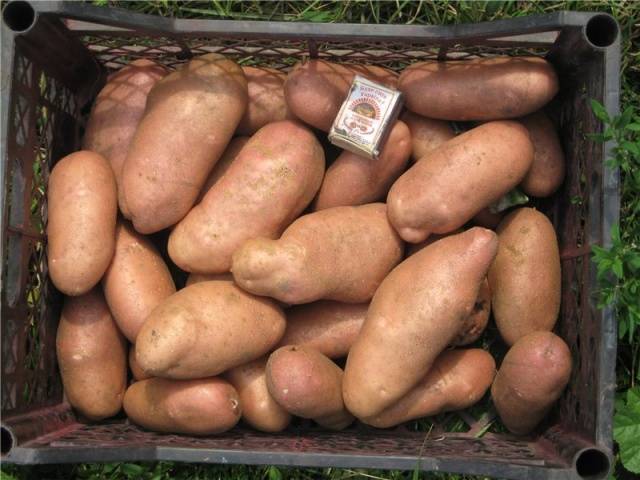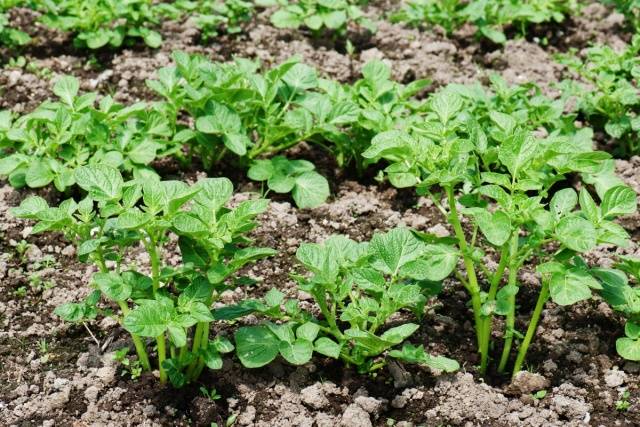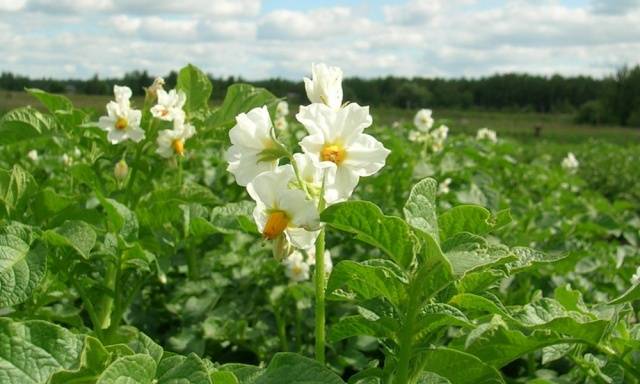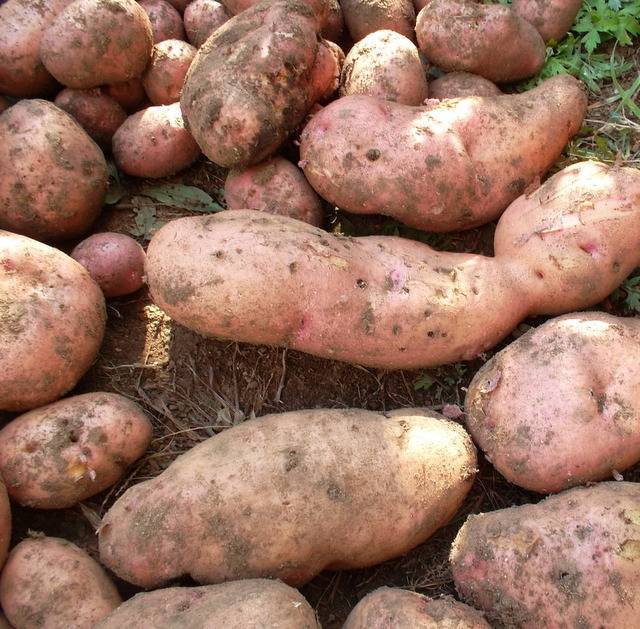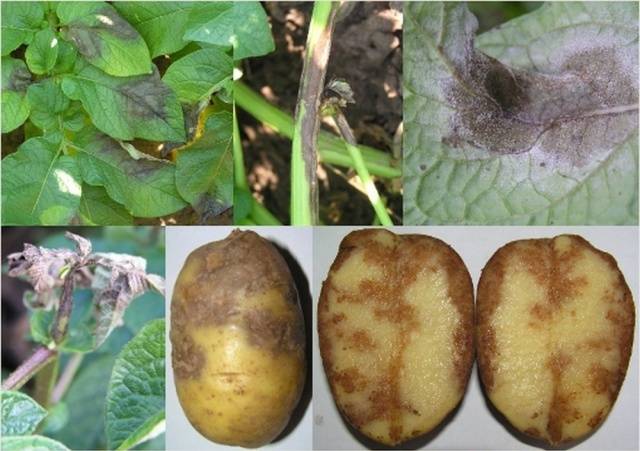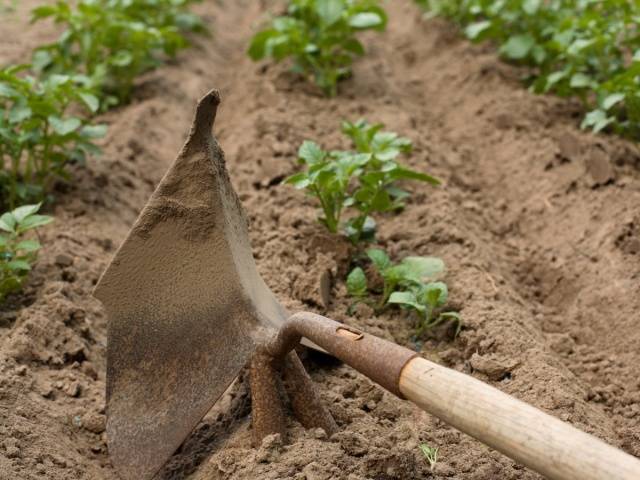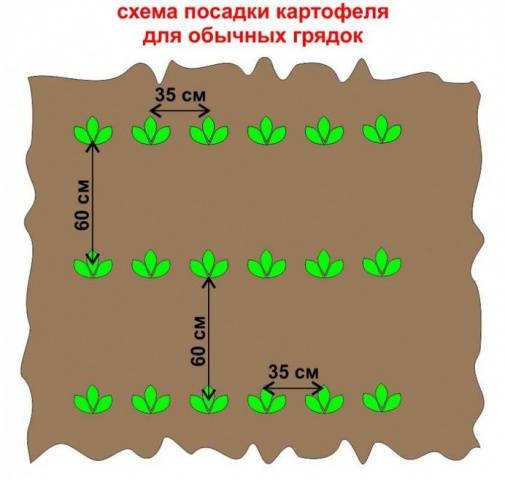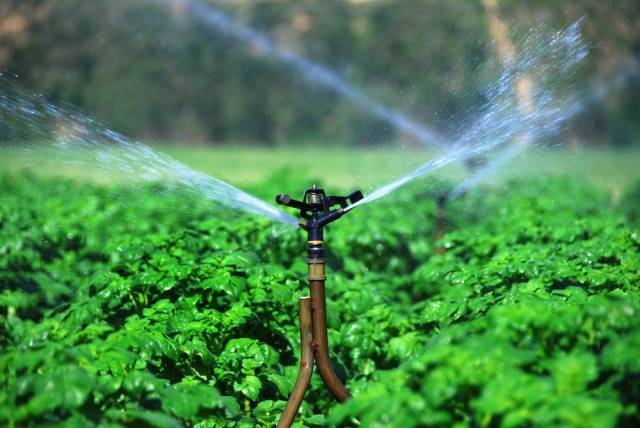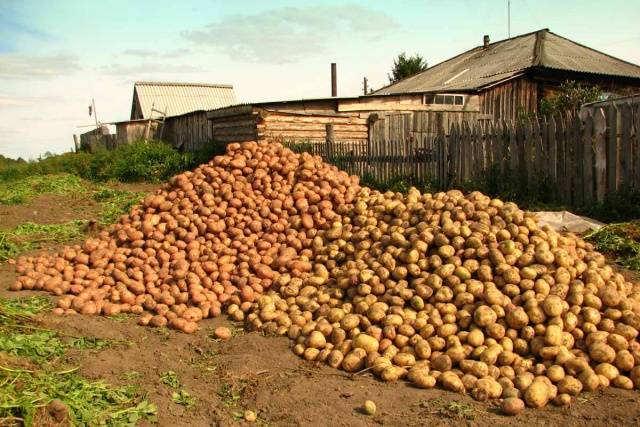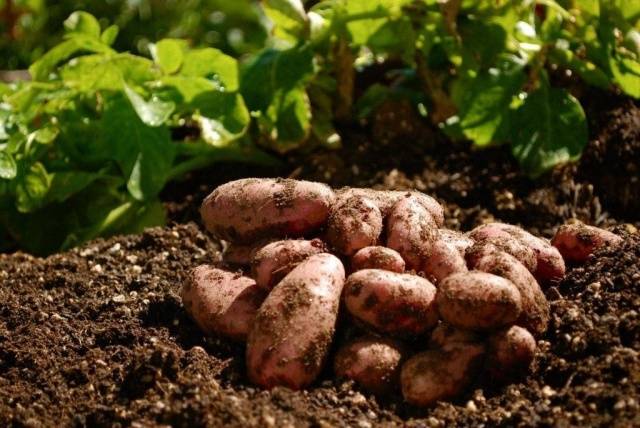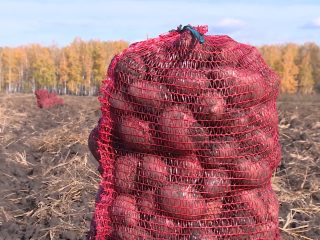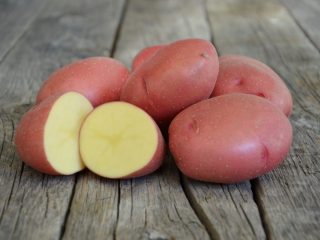Content
Everything old, sooner or later, comes back: and this rule applies not only to fashion trends. An old variety of nationally bred potatoes under the funny name Lapot was once forgotten and was replaced by more modern, promising varieties and foreign hybrids. Today, gardeners would be happy to remember the taste of childhood and start Lapot on the site, but it is not so easy to find planting material. It is not in vain that this potato is loved and remembered, because it is considered one of the most unpretentious and at the same time the most productive of all known varieties. If you can find at least a few tubers of Lapot potatoes, they must be planted and propagated!
A description of Lapot potatoes with photos and reviews of those who planted it on their site is given in this article. Here we will talk about all the advantages of the variety, list its few disadvantages, and give recommendations for growing.
Origin
Potatoes of Lapot variety were bred by unknown breeders, most likely, this potato came out "from the people". The first regions where the variety was grown were Siberia and the Far East. That is why the names of potatoes Siberian Lapot or Bashkir Lapot are popular among the people.
The first mentions of the variety date back to the 50s of the last century, but there is every reason to assume an even earlier “birth” of Laptya. Subsequently Siberian potatoes spread almost throughout the country. Today Lapot can be found everywhere only in Transbaikalia.
Characteristics and properties
Potato variety Lapot is positioned as a mid-early table destination. Against the background of other varieties, the Siberian potato stands out, first of all, by the size of the tubers and, of course, by its yield.
The potato variety Lapot has the following description:
- the growing season is 65 to 80 days;
- full ripening of potatoes occurs in the period from the second half of August to the twentieth of September (depending on weather and climatic conditions);
- the height of the Laptya bushes is average - about 50-60 cm;
- dense bushes, well leafy, spreading;
- leaves of medium size, light green;
- the flowers are large, snow-white, the flowering of the potatoes is abundant;
- the shape of the tubers is oblong, flattened - outwardly, the potatoes resemble a village bast shoe;
- the peel is colored dark pink;
- the pulp of the tubers is creamy, with an average starch content (12-14%);
- the eyes of the potato are small, superficially located;
- under each bush there are 6-8 potatoes;
- the mass of commercial tubers is 100-160 grams;
- necessarily one tuber from a bush stands out in size - the mass of such "bast shoes" can be 500-600 grams;
- the yield of the Lapot variety is high - about 450-500 centners per hectare;
- decent taste - the root vegetable is perfect for frying, baking, stewing, preparing first courses and salads;
- the keeping quality of the crop is 94%, which is considered a good indicator for an early variety;
- Potato Lapot is very resistant to weather conditions such as drought, prolonged rains, return frosts;
- the soil, like the climate, any variety is suitable for growing;
- Lapot is not immune to Alternaria and late blight, it can be affected by other fungal infections;
- potatoes are rarely infected with other diseases.
By the way, most agronomists do not recognize the existence of this variety. They believe that Lapot is some of the feral potato varieties bred during the Soviet era. It is believed that the predecessor of the Siberian folk potato was such a variety as American or Northern Rose.
What determines the love of farmers
Potato Lapot has many advantages. Impressive in this potato, indeed, everything is not only external qualities. The strengths of the variety are:
- size and presentation of tubers;
- excellent taste;
- suitability for transportation;
- low damage to tubers;
- suitability for long-term storage;
- universal purpose - the table variety belongs to the AB category;
- resistance to cold (even during the period of spring frosts, potato seedlings can not be covered);
- independence of yield from the weather in the summer season (even in a cold summer, Lapot will give a decent harvest, only the timing of its harvest will be postponed);
- incredible "flexibility" of potatoes, allowing the variety to acclimatize in any climate and on any soil;
- a small percentage of tubers spoiled during storage (about 5-6%).
Of course, the description of the Siberian variety will be incomplete, if not to mention the shortcomings of this potato. Unfortunately, the variety also has disadvantages:
- very weak resistance of bushes to late blight of tops and alternaria;
- frequent damage to tubers by wireworm (click beetle larva);
- lack of quality planting material.
Lapot potatoes are not included in the State Register, they do not have an originator, so it is impossible to find planting material in specialized nurseries. The only way to get tubers for planting is to buy them from private gardeners. And this does not guarantee the compliance of potatoes with varietal qualities.
Agrotechnical techniques
Reviews of gardeners and summer residents testify to the extreme unpretentiousness of Lapot potatoes, so it will not be difficult to grow it. But a minimum of effort, you still have to make - without this harvest not a single crop will give.
Planting tubers
It is necessary to grow potatoes in an open area with a lot of light. The Lapot variety does not make any special claims to the composition and type of soil, but, like any garden crop, potatoes will not tolerate a close "neighborhood" of groundwater (they should lie deeper than 65-70 cm from the earth's surface).
Potatoes will not like too sour soil. In this case, before planting, it will need to be "deacidified" by scattering dolomite flour, crushed egg shells or sifted wood ash over the site.
Sprouting tubers before planting has a very good effect on the overall yield of potatoes. Root vegetables Laptya are germinated in a dark, well-ventilated room with a temperature of 13-15 degrees. It will take 20-25 days for good sprouts to appear.
On the eve of planting, it is recommended to treat potatoes with special preparations such as "Maxim", "Prestige" or "Integral". These funds will help strengthen the immunity of potatoes and increase its germination.
To plant potatoes Lapot needs a well-warmed soil - at a depth of 10 cm, it should warm up to + 7- + 10 degrees. Usually potatoes are planted in the last days of April, but in Siberia, planting can be postponed until mid-May.
The planting scheme for undersized, but spreading Laptya bushes is recommended as follows: 35x60 cm.In regions with wet summers, you can further increase the hole spacing. The embedment depth should not exceed 7-8 cm.
Nuances of agricultural technology
To get a decent harvest from large and tasty potatoes, the farmer should do the following:
- To water Lapot potatoes at least three times per season: at the budding stage, before flowering and immediately after it. If the summer is dry and hot, the amount of watering should be increased, the potatoes can be watered every 5-6 days. The best way to irrigate potatoes is by sprinkling. In August, it is necessary to water the bushes in the morning so that they are completely dry by a cool night.
- To keep moisture in the soil longer, use mulch... It is better to mulch potato row spacings with peat chips or cut grass. Sawdust acidifies the soil, and mice can get in the straw.
- Top dressing have a very positive effect on the quality and quantity of tubers under the bush. The first time Lapot potatoes are fed at the stage of the appearance of the first shoots. At this time, plants need nitrogen, so potatoes are fertilized with ammonium sulfate, urea or ammonium nitrate. When tubers are formed, potato bushes will not be prevented by feeding with phosphorus and potassium (superphosphate, potassium sulfate). Fertilizing of the Siberian variety with magnesium - potassium magnesium, has a very good effect, magnesium sulfate is introduced in the form of foliar dressings.
- Potato Lapot is resistant to diseases, and pests do not like this variety very much. However, resistant Siberian potatoes also have weak points: plants suffer from late blight, alternaria, tubers can be damaged by wireworm. To protect your potato beds, you need to carry out preventive treatments antifungal and insecticidal drugs.
- 10-14 days before harvest it is necessary cut off all the tops on potatoes Lapot. This method is an excellent prevention of late blight of tubers, which the variety is susceptible to. After mowing, bare "hemp" of stems 5-6 cm high should remain. The tops must be removed from the site and burned.
- Assembled the harvest is dried under a canopy during the day, making sure that the sun does not fall on the tubers. The potatoes that were selected for planting next year, on the contrary, are "green", that is, they are kept in the sun for 10-12 days.
Feedback
Conclusion
Potato Lapot, although it belongs to the so-called varieties of national selection, has not left the gardens and summer cottages of the country for more than half a century. This potato has very significant advantages: large tubers, high yield, unpretentiousness and resistance to external factors.
It is not easy to get a Siberian variety - it is very problematic to find high-quality planting material. But it's worth trying - Lapot will pleasantly surprise you!

